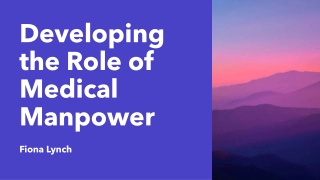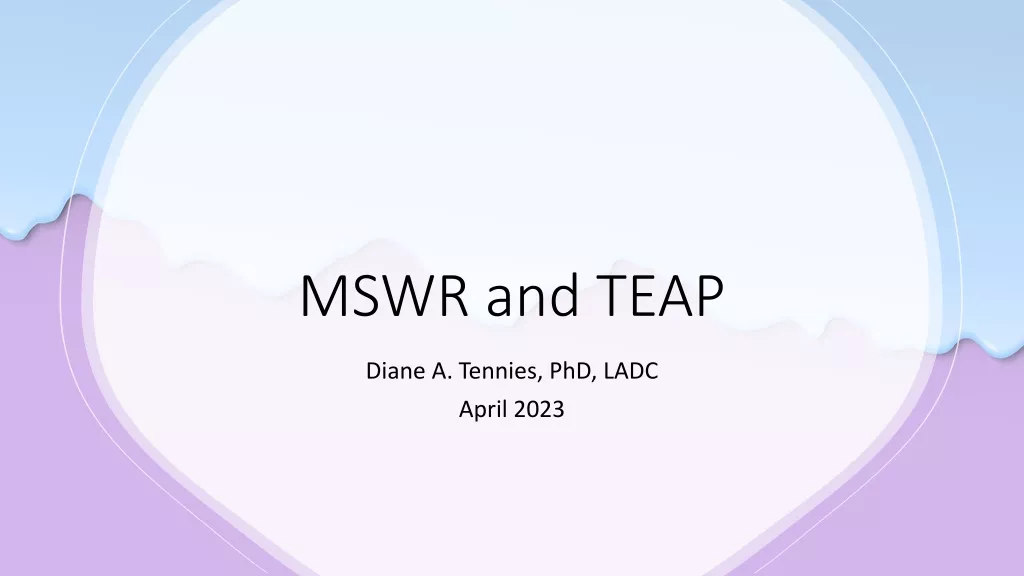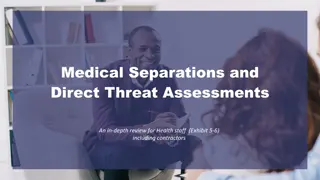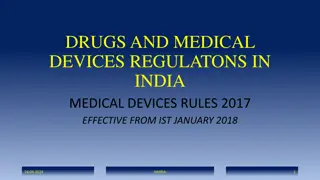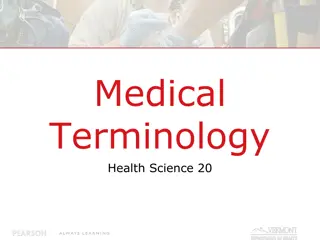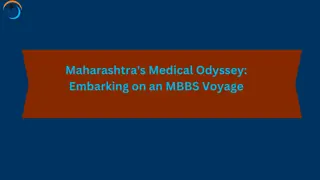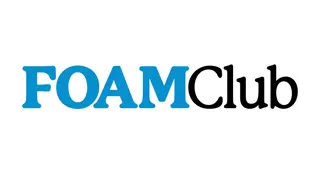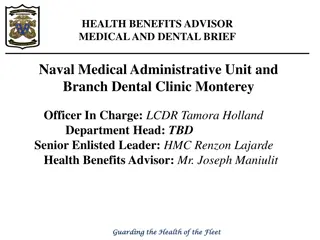Challenging Medical Scenarios Discussion
Four detailed medical scenarios involving critical conditions, such as Staphylococcus aureus meningitis, arterial infarction, pancreatitis exacerbation, and carcinoma diagnosis, shedding light on various health challenges and outcomes. Each scenario presents complex patient histories and medical complexities, offering valuable insights for healthcare professionals.
Download Presentation

Please find below an Image/Link to download the presentation.
The content on the website is provided AS IS for your information and personal use only. It may not be sold, licensed, or shared on other websites without obtaining consent from the author.If you encounter any issues during the download, it is possible that the publisher has removed the file from their server.
You are allowed to download the files provided on this website for personal or commercial use, subject to the condition that they are used lawfully. All files are the property of their respective owners.
The content on the website is provided AS IS for your information and personal use only. It may not be sold, licensed, or shared on other websites without obtaining consent from the author.
E N D
Presentation Transcript
Scenario 1 A male aged 49 years was admitted to hospital with ahistory of fever, disorientation & drowsiness for the last 2 days. Focal neurological findings were identified on physical examination & a provisional diagnosis of meningitiswas made. A diagnostic lumber puncture was performed forCSF examination. Staphylococcus aureus organism wasisolated from CSF & the provisional diagnosis was confirmedas Staphylococcus aureus meningitis. Despite IV antibiotic administration his condition worsened & on 3rdday of admission blood cultures were alsopositive for Staphylococcus aureus & the patient expired on4thday of admission due to septic shock. He was a diagnosed case of type II diabetes for the last10 years & has had a renal transplant 6 yearsback.
Scenario 2 A male aged 64 years admitted to hospital with an arteriosclerotic cerebral infarction. He was transferred to rehabilitation two months later, where he developed hypostatic pneumonia. In ICU sputum cultured Klebsiella pneumoniae & the patient died 2 days after admission to the ICU. He was also addicted to alcohol for the past 20 years & on regular medication for Ischaemic heart disease for the last 10 years.
Scenario3 Shortly after dinner on the day prior to admission to the hospital, this48-year-old male developed a cramping, epigastric pain, which radiated tohis back, followed by nausea & vomiting. The pain was not relieved by positional changes or antacids. Thepain persisted, & 24 hours after its onset, the patient was admitted. He had a 10-year history of excessive alcohol consumption& a 2-year history of frequent episodes of similar epigastricpain. The patient denied diarrhoea, constipation, hematemesis, or melena.The patient was admitted to the hospital with a diagnosis of anacute exacerbation of chronic pancreatitis. Radiological findings includeda duodenal ileus & pancreatic calcification. Serum amylase was 4,032 units per litre. The day after admission,the patient seemed to improve. However, that evening he becamedisoriented, restless, & hypotensive. Despite intravenous fluids &vasopressors, the patient remained hypotensive & died. Autopsy findings revealed many areas of fibrosis in the pancreas with the remaining areasshowing multiple foci of acute inflammation &necrosis.
Scenario 4 This 75-year-old male was admitted to the hospital complaining of severe chest pain. He had a 10-year history of arteriosclerotic heart disease with ECG findings of myocardial ischemia & several episodes of congestive heart failure controlled by digitalis preparations & diuretics. Fivemonths before this admission, the patient was found to be anaemic, with a haematocrit of 17, & to have occult blood in the stool. A barium enema revealed a large polypoid mass in the cecum diagnosed as carcinoma by biopsy. Because of the patient s cardiac status, he was not considered to be a surgical candidate. Instead, he was treated with a 5-week course of radiation therapy & periodic packed red cell transfusions. He completed this course 3 months before this hospital admission. On this admissionthe ECG was diagnostic of an acute anterior wall myocardial infarction. He expired 2 days later.
Scenario 5 A 74-year-old female with a temperature of 102.6 F was admitted to the hospital from a nursing home. She first became a resident of the nursing home 2 years earlier following a cerebrovascular accident, which left herwith a residual left hemiparesis. Over the next year, she became increasingly dependent on others to help with her activities of daily living, eventually requiring an in-dwelling bladder catheter 8 months before the current admission. For the 3 days prior to admission, she was noted to have lost her appetite & to have become increasinglywithdrawn. On admission to the hospital her WBC count was 19,250 & she had pyuria. Intravenous Ampicillin & gentamicin were administered but her condition did not improve. On 3rdday of admission blood cultures were done & was positive for Pseudomonas aeruginosa, which was resistant to ampicillin & gentamicin. Antibiotic therapy was changed to ticarcillin clavulanate, to which the organism was sensitive. Despite the antibiotics& intravenous fluid support, the patient s fever persisted. On the fourth hospital day, she became hypotensive & died.
Scenario 1 -Answer Type II diabetes and renal transplant contributed to death & hence included in Part II of the MCCD. Sequence of events: Staphylococcus aureus meningitis- > Staphylococcus aureus sepsis-> Septic shock -> Death
Scenario 1- Completed MCCD Septic shock 2 days 3 days Staphylococcus aureus sepsis Staphylococcus aureus Meningitis > 6 days Diabetes mellitus Renal transplant 10 years 6 years
Scenario 2-Answer As the arteriosclerosis was the condition beginning the sequence of morbid events, this will be selected as the underlying cause of death. Ischaemic heart disease & alcohol addiction contributed to death but was not related to the condition that led him todeath & hence included in Part II of the MCCD. Sequence of events: Arteriosclerosis -> Cerebral infarction -> Klebsiella pneumonia->Death
Scenario 2- Completed MCCD Klebsiella Pneumonia 2 days 2 months Cerebral infarction Arteriosclerosis unknown Alcohol addiction Ischaemic Heart disease 20 years 10 years
Scenario 3 -Answer Sequence of events: Chronic Alcoholism -> Chronic pancreatitis->Acute exacerbation of chronic pancreatitis -> Death
Scenario 3- Completed MCCD Acute exacerbation of chronic pancreatitis 2 days 2 years Chronic pancreatitis Chronic alcoholism 10 years
Scenario 4-Answer Note: Carcinoma of cecum is listed in Part II because it caused anaemia & weakened the patient, but it did not cause arteriosclerotic heart disease. Congestive heart failure is also listed in Part II because it also weakened the patient. Although it was caused by the arteriosclerotic heart disease, it was not part of the causal sequence leading to the acute myocardial infarction. Sequence of events: Arteriosclerotic Heart Disease -> Acute Anterior Myocardial Infarction-> Death
Scenario 4- Completed death certificate Acute anterior myocardial infarction 2 days Arteriosclerotic heart disease 10 years Carcinoma of the caecum Congestive heart failure 05 months 10 years
Scenario 5-Answer Note: As cerebrovascular accident & resultant hemiparesis lead tothe insertion of an indwelling urinary catheter contributed for the UTI, cerebrovascular accident was selected as the UCOD. Sequence of events: Old cerebrovascular accident -> Pseudomonas aeruginosa Urinary Tract Infection-> Pseudomonas aeruginosa sepsis ->Death
Scenario 5- Completed MCCD Pseudomonas aeruginosa sepsis 2 days Pseudomonas aeruginosa urinary tractinfection 7 days 2 years Old cerebrovascularaccident



